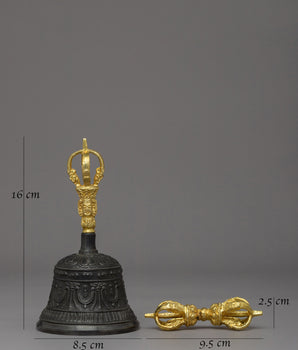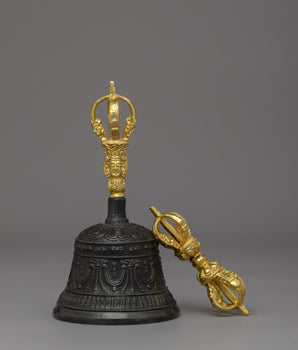
Green Tara Thangka | Wall Decoration Painting

100% AUTHENTIC

HANDMADE

FREE SHIPPING
Green Tara Thangka
Introduction To The Thangka :
According to the legend Tara is an emanation of Chenrezig, the Bodhisattva of Compassion. Once when Chenrezig was very moved by the suffering of all sentient being, he shed two tears. The tear from his right eye turned into the green form of Tara and the tear from his left eye turned into the white form.
Green Tara is adorned in silken garments and jeweled ornaments. The main difference on the iconography between the green Tara and the white Tara is the position of the legs. Green Tara sits in a posture of ease, with one leg drawn towards her and the other resting on a lotus bud that springs from the pedestal. Her hands are in the mudra of perfect generosity, holding the stems of blue lotus showing a peaceful and smiling expression.
How does Thangka benefit us?
It goes without saying that every detail of a painting has a symbolic meaning. Regardless of your religious affiliation, a thangka can help you on your path to enlightenment, whether you practice Buddhism or have other religious convictions. Thangkas are paintings that depict deities with various iconographic elements and symbolism that encourage meditation on the teachings of the god they depict. Any thangka is intended to aid in the removal of the film of ignorance, which is a significant barrier to the road to enlightenment. The Thangka is revered as a holy item. They promote positivity, spread Buddhism's teachings, bring about peace, harmony, and oneness, and dispel any negative energy that may be there.
----------------------------------------------------------------------
Size: 9"/ 23 cm (width) x 10"/ 23 cm (height)
Materials: Cotton Canvas, Acrylic Colors, Genuine 24K Gold
-----------------------------------------------------------------------
THIS THANGKA IS HAND-PAINTED IN THE TRADITIONAL STYLE AND THE QUALITY IS HIGH
----------------------------------------------------------------------
How does mold damage a Thangka ?
A humid room without air circulation is the perfect environment for mold growth. If a thangka in such a room becomes damp or wet, mold will grow on it. This growth can badly damage the cloth, the pigment, and the binder. Molds form a fuzzy coating on the thangka.
Shipping & Returns
Row content
Compatibility
Row content











